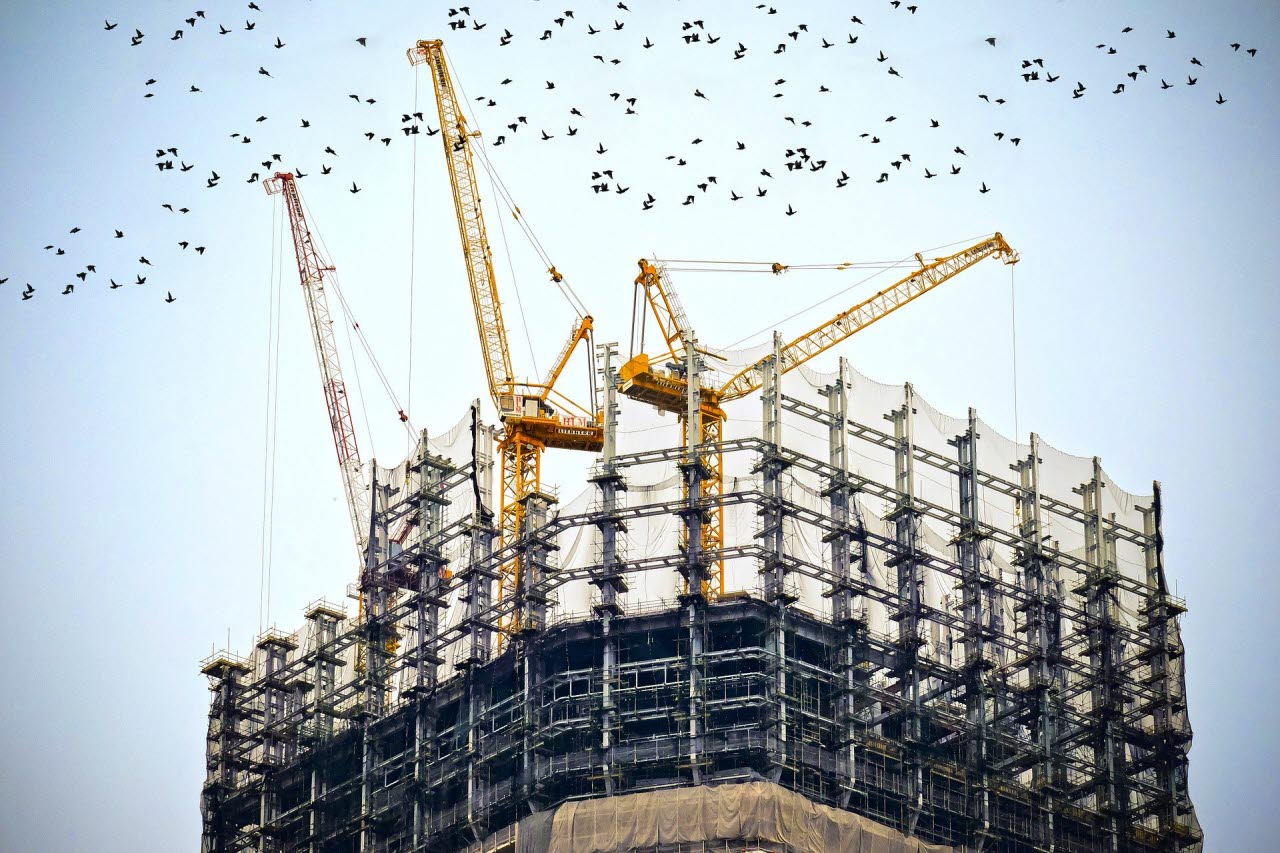

Even before the COVID pandemic hit, the real estate market was going through some turbulent times. The sector was still reeling under the effects of the regulatory and procedural changes implemented in 2016. There was the roll-out of Demonetisation and GST, and the much debated and anticipated onset of RERA. While the sector was just coming to terms with these changes and adjusting to market dynamics, we were hit by the NBFC crisis. This resulted in investors shying away, despite viable projects being out there.
The residential market felt most of the brunt, due to the economic slowdown. Despite the introduction of Alternative Investment Funds (AIF) and other measures by the Government of India, the market was unable to climb out of the abyss. With consumer confidence literally being ‘rock-bottom’ and lack of access to low cost capital, the realty sector was already sitting on a pile of unsold inventory. And this was even before the pandemic reared its ugly head in India – impacting people, businesses, and industry to the devastating affects that it has.
There is no denying that the COVID-19 outbreak has further dampened market sentiment. It is, however, likely that unsold inventory will stay stable in the immediate future, till such time the situation becomes clearer. Given the level of inventory overhang in the market, it is anticipated that developers will refrain from taking on any new launches and in case they do – these would be fairly limited in number.
Even on the buyer side there are constraints and challenges. Buyer sentiment and confidence has taken a huge beating on the hands of the COVID pandemic. A majority of people across sectors and salary brackets are concerned around job security. In cases where people are assured of their employment, are fearful of salary cuts. With so much uncertainty, large discretionary spends – even if it is on a necessity like housing – have been put on the back burner. There are other alternatives like ‘rental housing’ that are increasingly being considered.
A rental housing model is required to be implemented by developers, as well as occupiers, especially to provide shelter to the migrant labour workforce. Migrant labourers and urban poor will also derive benefit from affordable rental accommodation under the Pradhan Mantri Awas Yojana (PMAY). In an urban scenario, as the new normal of working emerge, concepts such as ‘walk to work’ will also acquire special significance. These will determine, to a great extent, the trajectory of rental housing outbreaking the post-COVID era. However, this framework will need to be initiated by state governments, as real estate developers may not have the necessary resources to do it themselves.
The government has also been forthcoming in extending stimulus to boost the economy, in various ways. One of the most key challenges the sector faces, especially in light of the current crisis, is the ambiguity on contractual agreements. With the inclusion of ‘Force Majeure’ clauses, there is considerable respite for developers and contractors alike. Given the extension of construction period by six months, without any cost incurred for all government projects and easing of global tender norms for projects under Rs 2 billion, the construction sector too will be eased up.
The road to recovery for the sector will be slow and painful. The most formidable challenge confronting the sector is – revival of demand. To address this issue, there are a few steps that can be taken to offer immediate relief. Banks will have to pass on the repo rate benefits to the consumers. Developers can look at alternative real estate asset modeling from capital sale purchase to renting housing models; increased tax incentive to the consumers through improved tax structure and targeting Tier-II and Tier-III cities as areas of growth. All these are aspects where the government and RBI have already initiated steps. It will, however, take some time for the market to adjust to these variations and consumer confidence to come back and adjust to the ‘new normal’. In the interim it might benefit the overall sector, if developers consider offering their properties on rent or come up with deferred payment plans to maximise their earnings, to tide over this crucial period.
About the Author:
Nimish Gupta, Managing Director, RICS South Asia, is a Chartered Surveyor (FRICS) with more than 23 years of experience in real estate, construction, education training and technology adoption. He has been closely associated with RICS since 2005 and was an integral part of the formation of the vision, planning, and implementation of RICS South Asia, besides being among the first professionals to qualify as a Fellow in India.